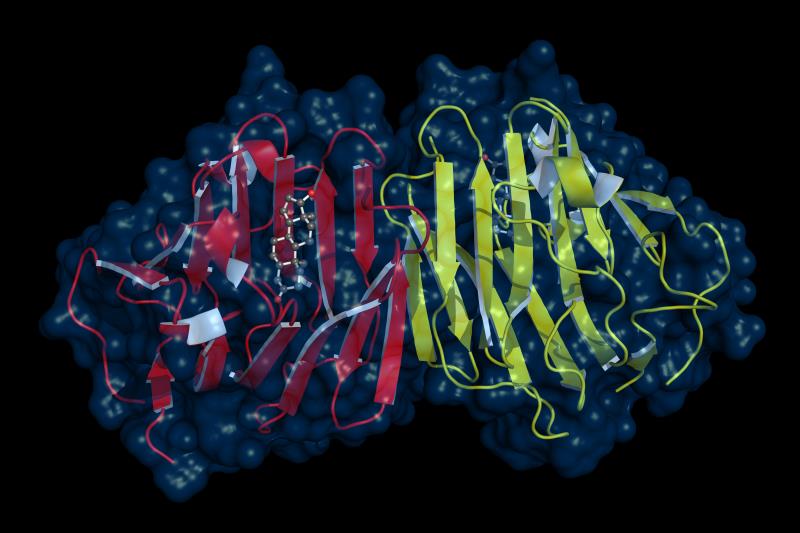
Low levels of sex hormone-binding globulin (SHBG) may be associated with a higher risk of incident ischaemic stroke in postmenopausal women, according to a study presented at ISC 2020.
“SHBG [is] a protein that binds to and regulates available testosterone and oestradiol,” said the researchers. “In this prospective cohort of postmenopausal women, there was a significant inverse association between SHBG levels and ischaemic stroke risk, suggesting that SHBG could improve risk stratification for predicting ischaemic stroke in postmenopausal women.”
Using data from the Women’s Health Initiative database between 1993 and 1998, the researchers identified 13,192 postmenopausal women (aged 63–67 years) included in ancillary studies who had serum SHBG measurements and no history of stroke at baseline. Participants were assessed by SHBG quintiles (Q1 as the lowest [median SHBG 23.3] and Q5 as the highest [median SHBG 107]). [ISC 2020, abstract 73; Stroke 2020;doi:10.1161/STROKEAHA.120.028905]
During a mean follow-up of 11.6 years, a total of 768 ischaemic stroke events were reported.
Women with a low SHBG level had a significantly higher risk of stroke than those with a high SHBG level (adjusted hazard ratio [HR]*, 1.61, 95 percent confidence interval [CI], 1.19–2.19; p=0.04).
In an exploratory analysis of potential mediators, including diabetes (HR, 1.63, 95 percent CI, 1.26–2.12; p=0.01) and total oestradiol (HR, 1.99, 95 percent CI, 1.49–2.66; p<0.0001) in the models, the relationship between the incident ischaemic stroke and low SHBG attenuated, “but did not eliminate the significant inverse associations,” the researchers noted.
“Though these findings are novel with respect to the evaluation of stroke as the primary outcome, our findings are supported by [previous] studies showing an inverse association between SHBG and cardiovascular disease,” the researchers said. [Circulation 2003;108:1688-1693]
“Our findings of the association between low SHBG and stroke risk have potential implications for the way in which we [can] predict stroke risk in postmenopausal women … suggesting that a measure of endogenous sex hormones like SHBG could possibly improve the performance of commonly used prediction tools.”
“Future research is needed on the nature of the relationship between SHBG and stroke (causal or not), the potential mechanisms, and the ability to use SHBG to improve our current methods of stroke prediction and prevention in women,” they added.
*adjusted for age, race/ethnicity, SHBG assay, body mass index, history of hypertension, alcohol use, smoking status, physical activity, and reproductive factors